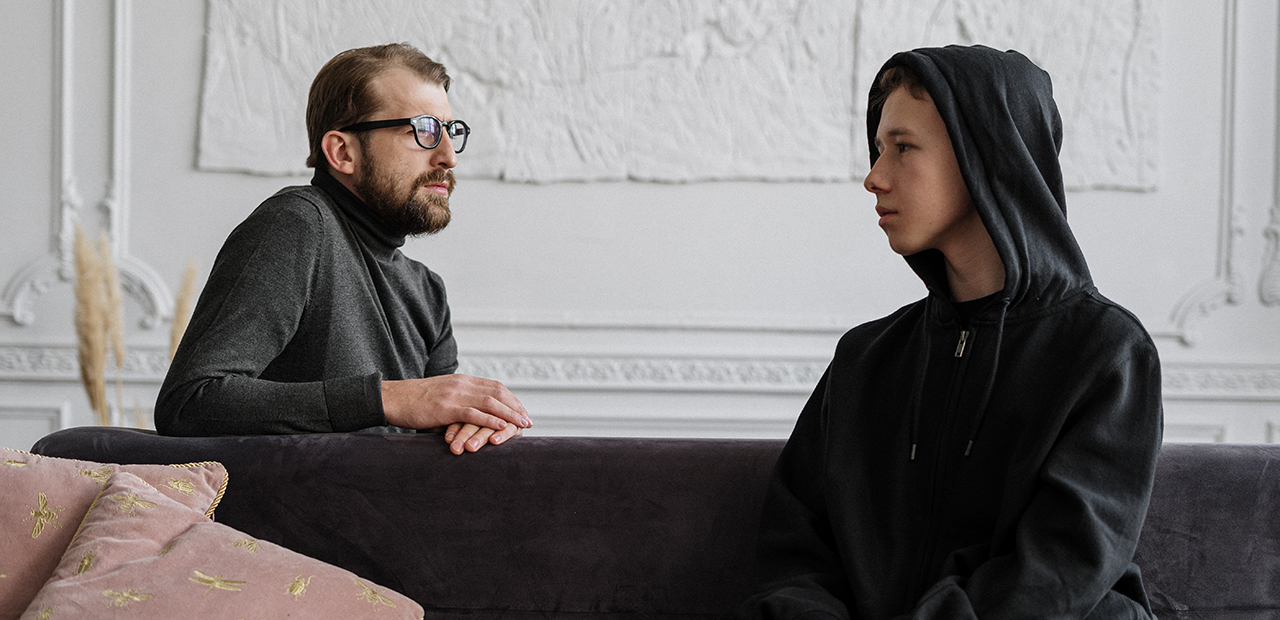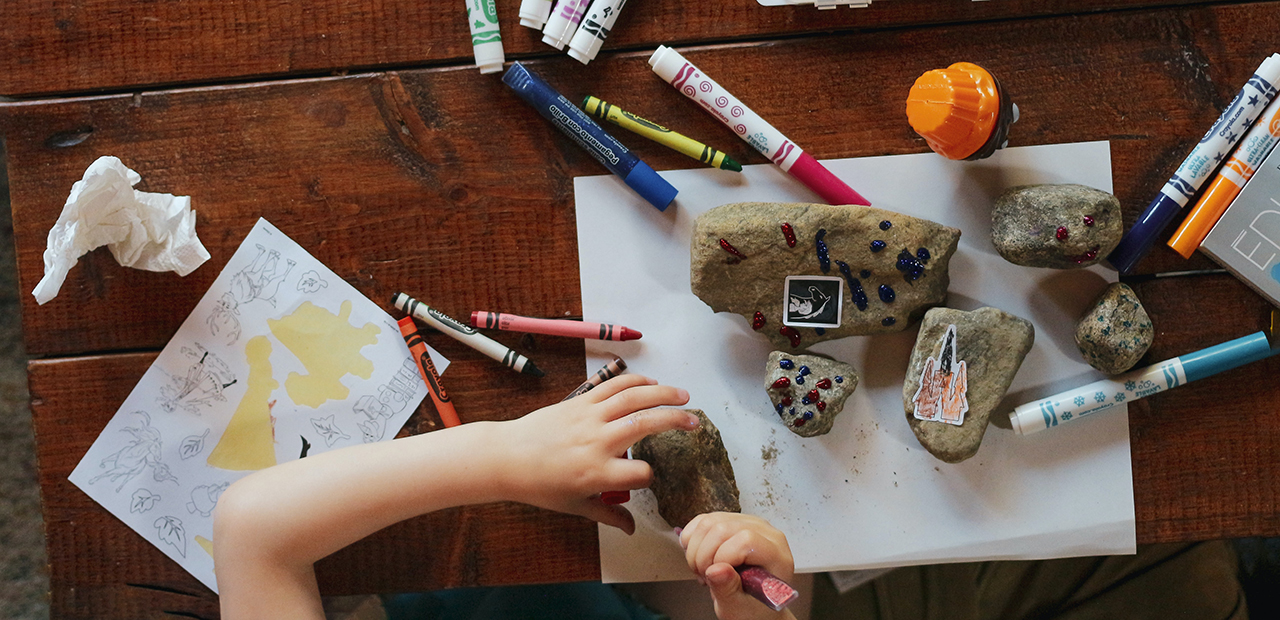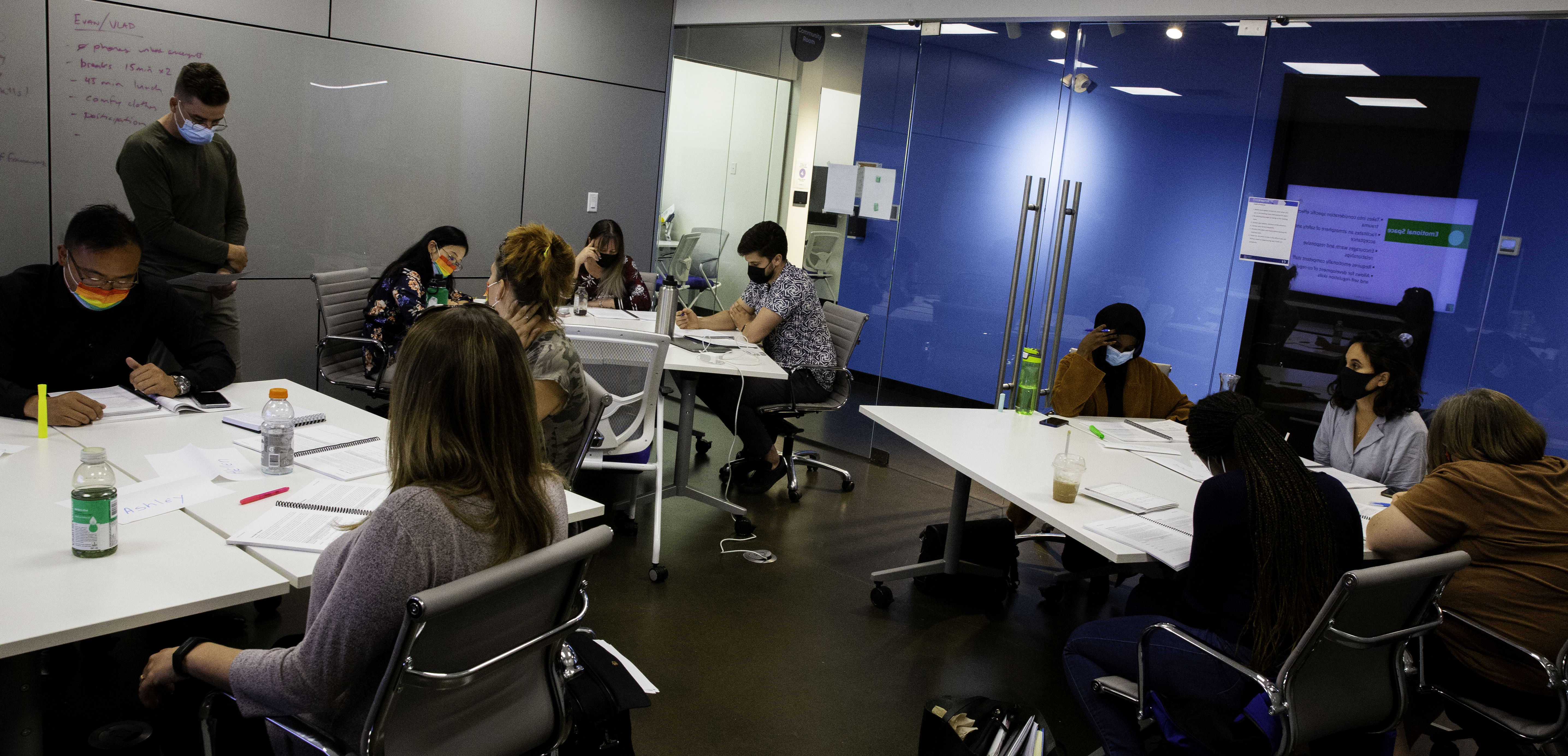Have you felt something that you couldn’t put into words? After all, our words aren’t always enough to say how we actually feel. At times it can be like giving a voice to a formless, suffocating, emotional, and mentally draining blob.
For children with complex behavioural needs, this can often be their reality. Whether their emotional weight and mental distress are caused by their disabilities and/or by a history of childhood trauma, there is an underlining cause that affects their behaviour. Sometimes they struggle to describe how they feel, but that doesn’t mean these children can’t express how they feel.
But even more importantly, sometimes a child needs an outlet to express how they feel, especially when they feel isolated and vulnerable.
What is Art Therapy
Self-expression and healing through art is nothing new, but the clinical practice of art therapy wasn't developed until the 1940s by contributors like Margret Naumburg. According to the Canadian Art Therapy Association, art therapy can be defined as “the creative process and psychotherapy, facilitating self-exploration and understanding.” Art therapy is the creative expression of potentially abstract emotions, experiences, and thoughts which can be expressed through shapes, colours, and imagery.
For some people, creating art can be intimidating, but it shouldn't be. The main focus of art therapy is rehabilitation, and not on mastery of artistic technique. What is important is creating the space to utilize art therapy. At CarePros, we provide a safe space for our children and youth clients so they can develop self-confidence for independent living. Art therapy can be very similar: it needs to be a safe space where our clients can use art therapy with little to no supervision.
Who Does Art Therapy Help?
According to Good Therapy, art therapy is beneficial to treating children with behavioural and mental disorders. These include:
- Anxiety
- Depression
- Stress
- PTSD
- ADHD
- Cognitive impairments
What are the Benefits of Art Therapy
On the surface, art therapy can appear to be just doing arts and crafts to keep children distracted from other distractions like digital entertainment and social media, but art therapy is more than that.
For a child to voice their inner thoughts, revisit difficult experiences, and dig into their emotions plays a role in a child’s self-realization and healing. Giving the child the space to explore and manage their feelings, as well as problem-solving skills and coping skills to deal with life’s everyday challenges is essential for the self-development of any child.
It can also give a child time to focus on a single task, develop self-management skills, and fine-tune their motor skills.
Coat of Arms Exercise
While art therapy can take on many different art forms, creating art doesn’t have to be complicated. A simple art therapy exercise for children is to create their own coat of arms that expresses who they are. Here is how it works:
- Google search "coat of arms template" and download a template file.
- Print out the coat of arms.
- Provide colouring tools to the child to use to draw and colour in the coat of arms.
- Instruct child to fill each space with a theme that is meaningful to them (e.g. one space in the coat of arms can be used for the child to show the themes of friendship).
- Have the child create a motto in the banner below the shield.
References
Canadian Art Therapy Association, https://www.canadianarttherapy.org/
Canadian Counselling and Psychotherapy Association, https://www.ccpa-accp.ca/psychological-benefits-of-art-therapy/
Good Therapy, https://www.goodtherapy.org/learn-about-therapy/types/art-therapy






